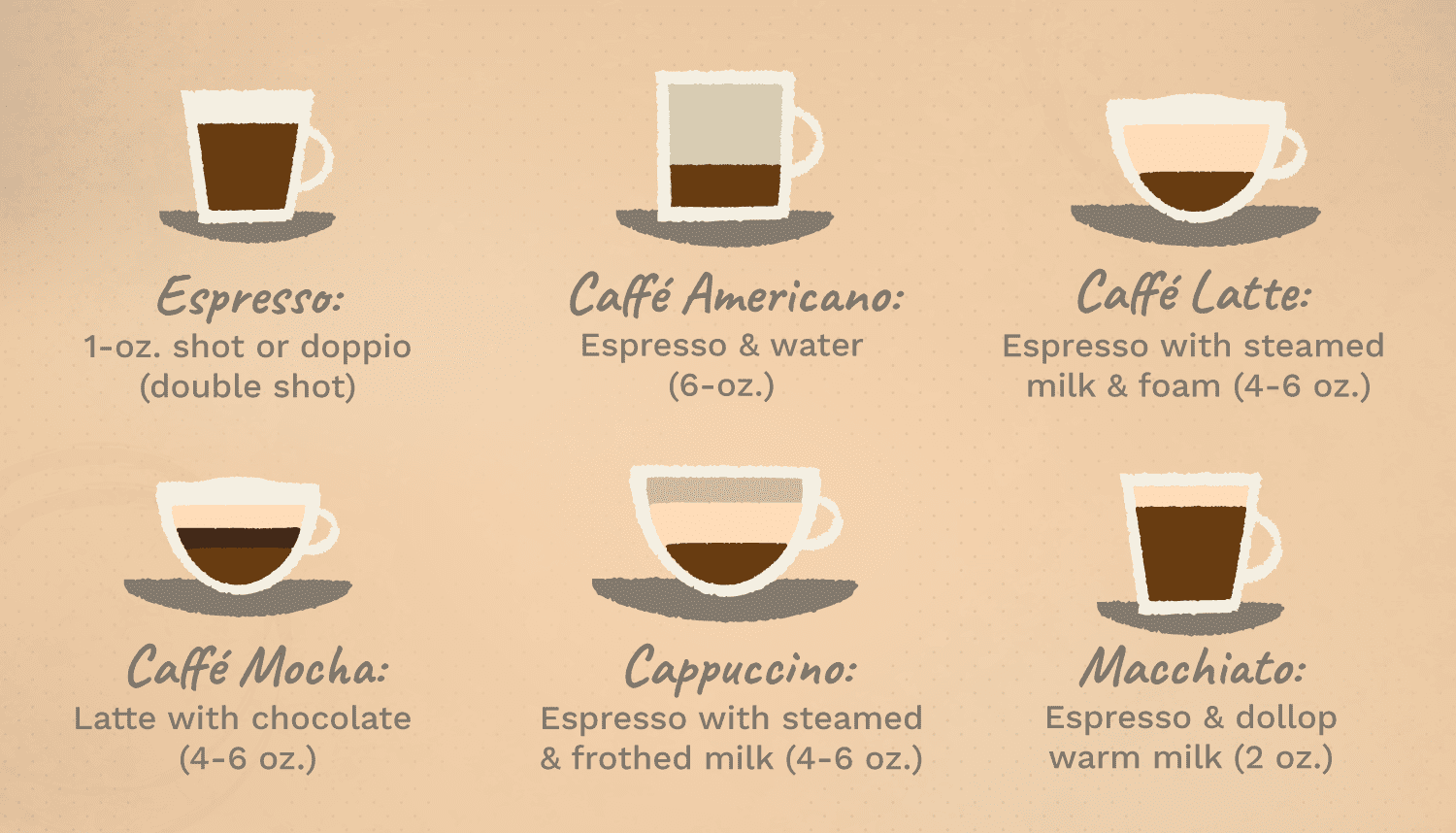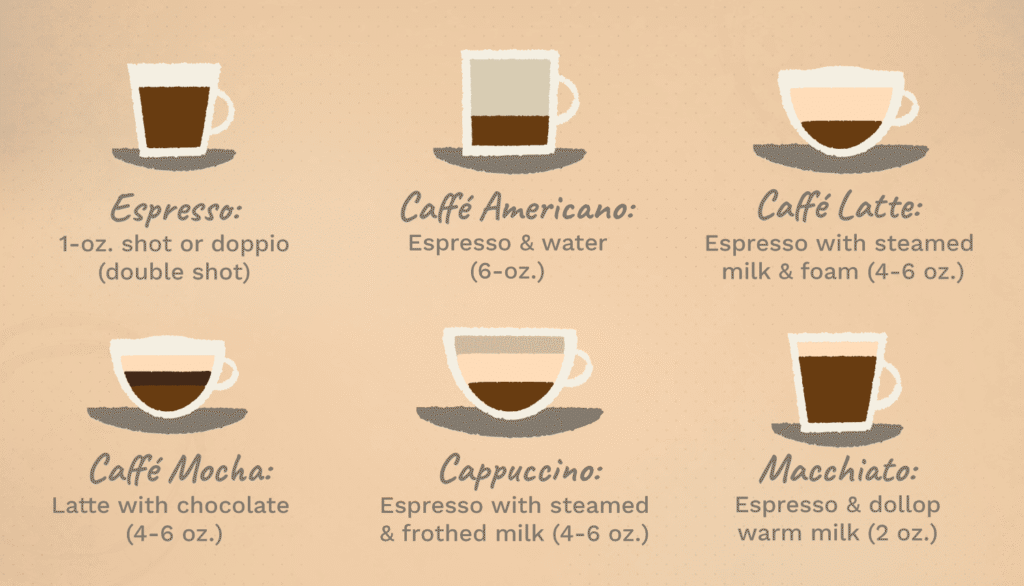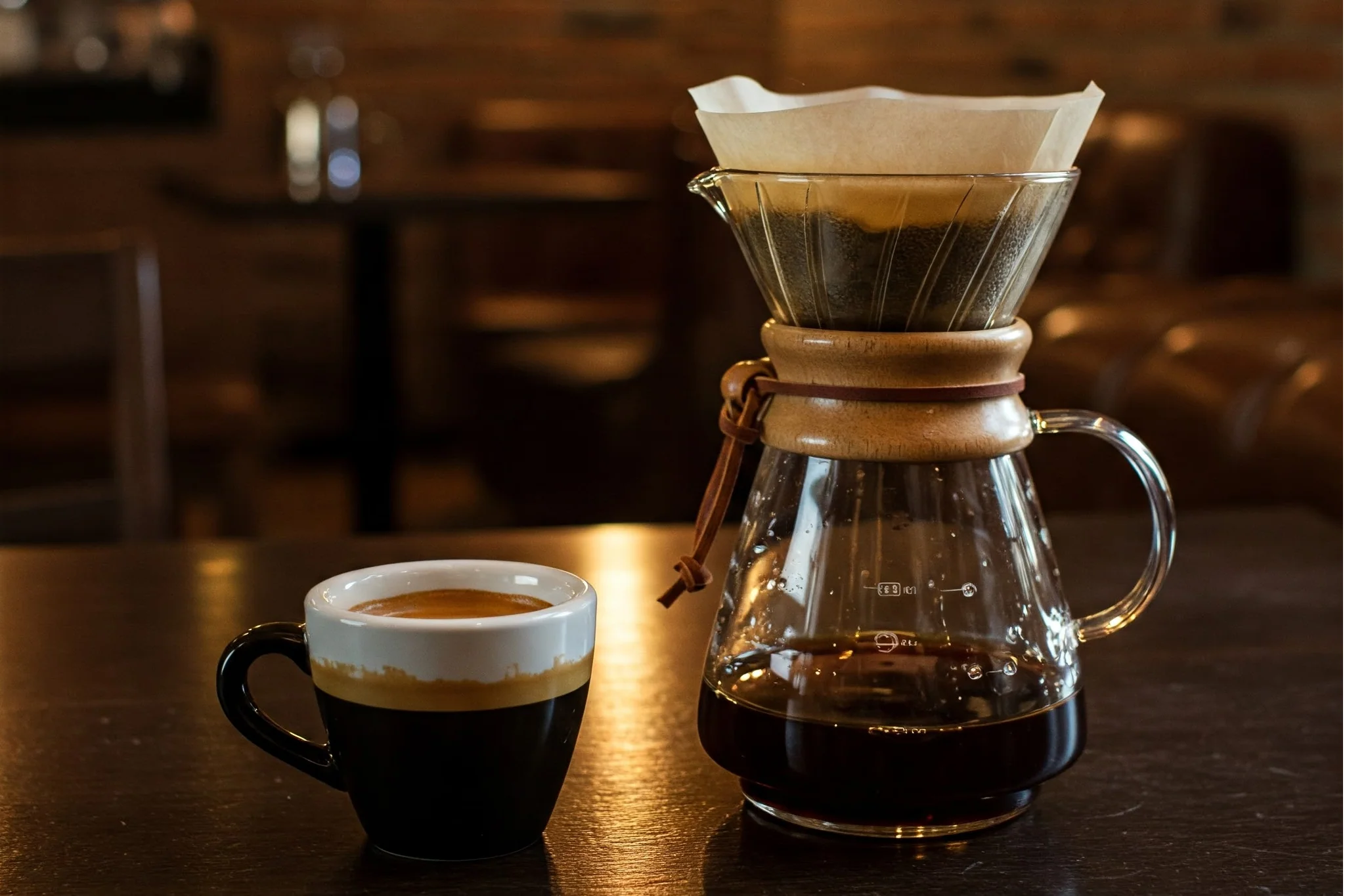How Much Is a Shot of Espresso?
Breaking Down the Bean-Size Truth

☕ A Curious Sip That Sparked a Journey
It started like any other morning. Jordan ducked into his favorite café, bleary-eyed and desperate for caffeine. He ordered a double shot of espresso, tossed it back like a pro, and paused. “Wait… how much was that?” he asked out loud. The barista chuckled, “Two ounces total. One per shot.”
That single question sent Jordan down a rabbit hole of coffee trivia — and if you’ve ever wondered the same, you’re not alone.
Whether you’re brewing at home or just trying to decode your coffee shop order, understanding what a shot of espresso actually is — from its volume and caffeine to its price tag — can elevate your coffee game more than you think.
☕ What Is a Shot of Espresso?
Let’s start with the basics.
A shot of espresso is a small, concentrated form of coffee made by forcing near-boiling water through finely-ground coffee under high pressure. This high-intensity brew delivers a bold flavor and strong caffeine kick in a small package.
📏 How Much Liquid Is in a Shot of Espresso?
Answer:
A single shot of espresso is typically 1 fluid ounce, or about 30 milliliters.
A double shot, the standard in most cafés, is 2 fluid ounces (60 ml).
These measurements are based on guidelines from the Specialty Coffee Association (SCA), though actual volumes may vary slightly by café or country.
💰 How Much Does a Shot of Espresso Cost?
In the U.S., the cost of a single shot of espresso varies by location and café quality:
| Type | Average Cost |
|---|---|
| Standard café shot | $1.75 – $2.50 |
| Specialty espresso bar | $2.50 – $4.00 |
| Home-brewed shot | $0.25 – $0.50 (beans only) |
Note:
According to Square’s 2023 Coffee Trends Report, espresso prices have increased by ~9% in the last two years due to supply chain challenges and rising demand.
☕ How Much Coffee Grounds in a Shot?
A single shot of espresso uses roughly 7–9 grams of ground coffee.
A double shot typically uses 14–18 grams, depending on the roast and grind size.
This precision is essential. Even a small variance in grams affects the espresso’s balance, taste, and strength.
🔥 How Much Caffeine in a Shot of Espresso?
Here’s where things get interesting:
| Drink | Caffeine Content |
|---|---|
| Single espresso shot | 63–75 mg |
| Double shot | 120–150 mg |
| 8 oz drip coffee | 90–120 mg |
Yes — drip coffee often has more caffeine per serving, but espresso has more caffeine per ounce. That’s why it hits faster.
🧪 Brew Time, Pressure & Precision
A well-pulled espresso shot takes about 25–30 seconds to brew under 9 bars of pressure. If it’s too fast, it’s sour; too slow, it’s bitter.
Timing, temperature, and grind size are crucial. That’s why baristas often measure in grams and seconds, not just scoops and time.
💡 Espresso Shot Sizes Around the World
Espresso sizes vary slightly across cultures:
-
Italy: Strictly 25–30 ml per single shot. Italians rarely drink doubles.
-
USA: Standard is double shots (2 oz), often the base for lattes and cappuccinos.
-
Australia: Ristretto (short shot) and long blacks (espresso over hot water) are more common.
-
Spain: Cortado (espresso + warm milk) uses a single or double depending on location.
So if you’re traveling, don’t expect a “shot” to mean the same thing everywhere!
⚖️ What About Ristretto, Lungo, and Doppio?
If you’ve ever stared at a café menu confused by these terms, here’s a quick breakdown:
-
Ristretto: A short shot (~0.75 oz) made with the same amount of grounds, more concentrated
-
Lungo: A long shot (~1.5 oz), pulled for longer, lighter but more bitter
-
Doppio: A double shot (2 oz), the standard in most U.S. cafés
Knowing the difference can help you order exactly the strength you want.
☕ Home Brewers: How Much Should You Use?
Brewing espresso at home? Here’s a cheat sheet:
| Espresso Type | Grind Amount | Output |
|---|---|---|
| Single shot | 7–9 grams | 1 oz |
| Double shot | 14–18 grams | 2 oz |
| Ristretto | 7–9 grams | 0.75 oz |
| Lungo | 7–9 grams | 1.5 oz |
Use a digital scale for consistency. Eye-balling doesn’t cut it when it comes to espresso.
🤔 Why Does Espresso Cost So Much at Cafés?
Three reasons:
-
Labor & skill — Espresso brewing is more technical than drip.
-
Equipment — High-end machines cost thousands.
-
Quality beans — Most cafés use premium blends for espresso.
That $3 shot isn’t just liquid in a cup — it’s training, technology, and taste precision.
🌱 Sustainability of Espresso
Each espresso shot uses fewer beans and less water than traditional drip coffee. However, energy consumption from machines and waste from single-use cups remain concerns.
That’s why brands like Coffea Alchemy advocate for home brewing methods and reusable accessories — helping you enjoy espresso while reducing waste and saving money.
🛠️ Espresso Shot Tips for Beginners
-
Use fresh beans: Old beans = weak crema
-
Dial in grind size: Too fine = bitter; too coarse = watery
-
Tamp evenly: Uneven tamping leads to “channeling”
-
Measure input/output: Don’t guess. Use a scale.
These small changes make a huge difference — from a sour, flat shot to café-quality crema.
👨🔬 Fun Espresso Facts
-
The term “espresso” means pressed out in Italian — not “express”
-
A true espresso has a layer of golden foam on top called crema
-
Espresso was invented in early 1900s Italy to make coffee faster during busy hours
✅ Summary: What to Remember
| Aspect | Single Espresso Shot |
|---|---|
| Volume | 1 oz (30 ml) |
| Cost (U.S. café) | $1.75 – $2.50 |
| Coffee grounds | 7–9 grams |
| Caffeine | 63–75 mg |
| Brew time | 25–30 seconds |
🧠 Final Thoughts
Espresso may look small, but it’s packed with complexity, culture, and chemistry. Understanding how much is in a shot — and what makes it great — helps coffee lovers appreciate the drink on a deeper level.
So the next time someone asks, “How much is a shot of espresso?” — will you just say “an ounce,” or will you share everything behind that bold little brew?
Related Post
Our newsletter
Subscribe to our weekly newsletter & keep up with our latest recipes and organized workshops. You can unsubscribe at any time.


